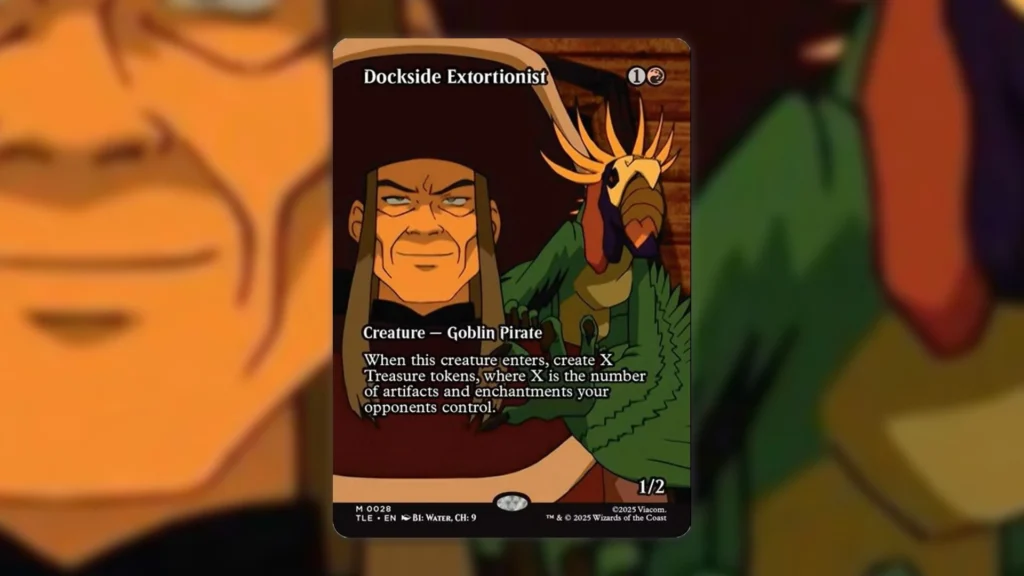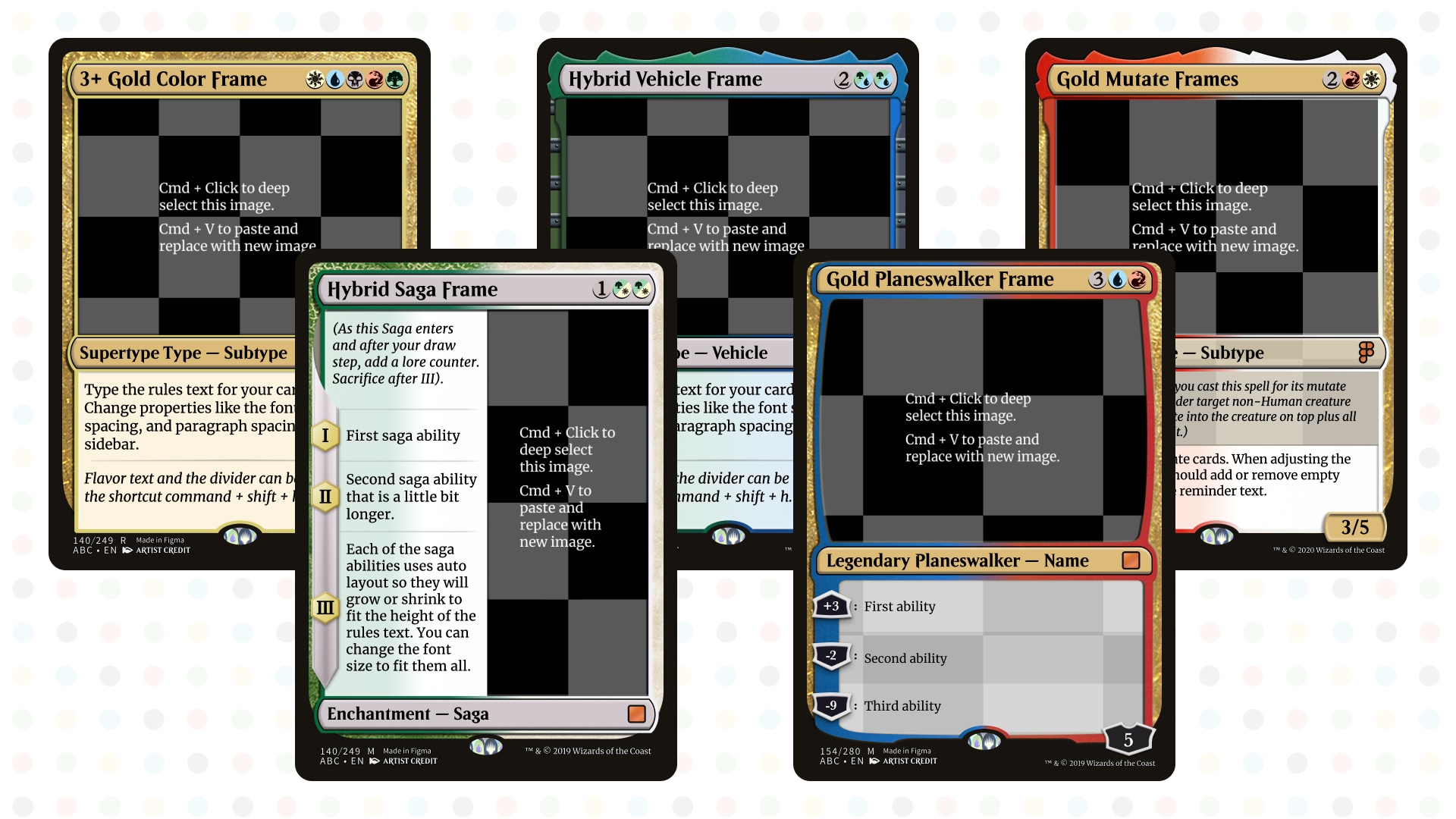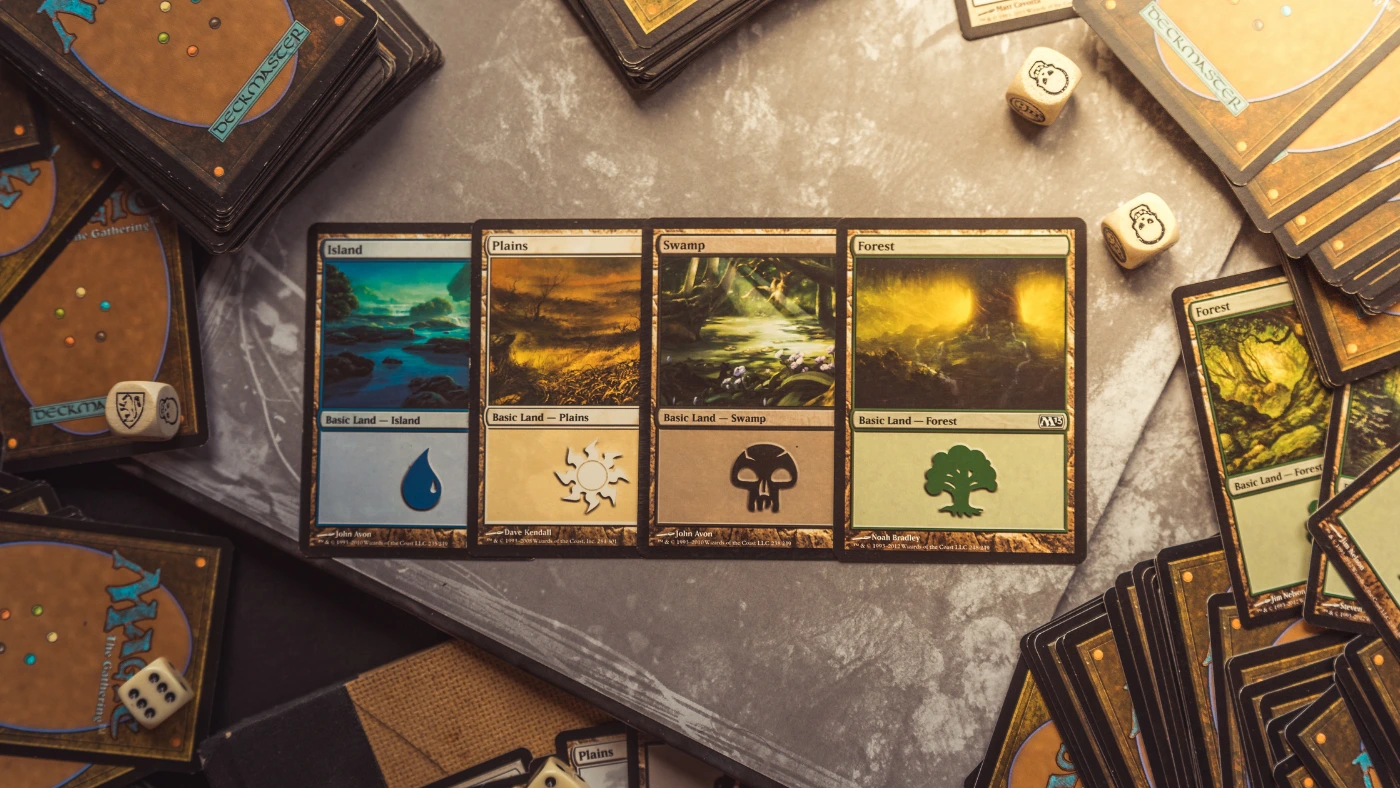Why this set matters for proxy players
MTG’s Universes Beyond crossovers have been hit-makers, but Avatar: The Last Airbender is different. It’s a fandom with clear identities—four nations, distinct combat styles, and characters people actually want to build around. Wizards has confirmed tabletop release on November 21, 2025, with a debut stream on October 28, Prerelease the week of Nov 14–20, and even an MTG Arena release penciled in before street date. Translation: people will be brewing fast, prices will be weird for a bit, and testing early with Avatar MTG proxies saves time and money.
There’s also a structural twist: the product uses two set codes—TLA (the main set) and TLE (an “Eternal-legal” partner subset). Play Boosters can contain cards from either, and Wizards spells out how legality works: TLA is broadly legal, while TLE cards follow Commander/Legacy/Vintage rules (and are Limited-playable when opened). If you plan to build an Avatar The Last Airbender MTG deck for different tables, that detail matters when you print testing overlays.
What’s actually confirmed (and how it plays)
Mechanically, the set maps bending to gameplay in ways that look, frankly, fun to tune:
- Airbending temporarily exiles a permanent; while it’s exiled, its owner can cast it for an alternate cost. That’s tempo, protection, and ETB manipulation rolled together. It reads defensive, but you can push it proactive with ETB value loops.
- Waterbending lets you tap your creatures or artifacts to cover generic costs on spells/abilities. Think “board converts to mana,” which rewards tokens, cheap artifacts, and careful sequencing.
- Earthbending animates lands and stacks counters. You’re turning the table into pressure while dodging normal creature-removal incentives. Midrange players will test this hard.
- Firebending adds red mana when your firebenders attack. That’s a combat-phase resource engine for pump spells, tricks, and stacked main-two plays. Aggro gets tools that actually scale.
On the cosmetic side, Wizards previewed borderless “Avatar Aang” raised foil, battle-pose frames, field-notes frames, and full-art Appa basic lands. For proxy folks, that means you can theme a whole list—from spells to basics—without visual whiplash. And yes, the Card Image Gallery is rolling out reveals through preview season if you’re referencing art or templating.
Must-proxy cards and the deck ideas they unlock
You don’t need to sticker a whole 100 to learn what matters. Pick the likely all-stars, overlay them cleanly, and run games. Here are the early headliners to try, along with the shells that expose their strengths and weaknesses. (If a card keeps overperforming across pods, that’s your buy list later. If it clogs your hand, the sticker peels off and you move on. Simple.)
Avatar Aang // Aang, Master of Elements (5-color build-around). Aang is the flexible centerpiece that ties bending together. In Commander, he screams “toolbox midrange” with a late-game pivot; in casual 60s he supports a splashy top end that rewards clean fixing. When you proxy Aang, also proxy the mana—shocklands vs. basics, triomes vs. painlands—because the deck doesn’t work if your spells don’t cast.
Fire Lord Zuko (red-centric pressure). Firebending generating red mana on attacks changes combat math. You can represent tricks every turn, chain removal, or double-spell post-blocks. The question your proxies answer: do you splash black for grind and removal or stay streamlined mono-red with protection and haste? Either way, you’ll quickly feel how many one-drops you actually need.
Katara, Water Tribe’s Hope (UW tempo/control engine). Waterbending converts bodies and artifacts into generic mana. It looks busted; it isn’t if you’re light on board presence. Proxy a token package, cheap artifacts, and a spread of interaction. The goal is finding the breakpoint where you hold up answers and still progress your plan—Katara rewards tight sequencing more than raw card power.
Toph, the First Metalbender (GW midrange/ramp). Animating lands with counters is pressure that shrugs off some sweepers and punishes opponents tapping out. Proxy protection (phase out, indestructible, ward gear) and test how many you actually need. The shell can skew stompy, counters, or landfall; only reps tell you which version sticks at your table.
Appa, Steadfast Guardian (stabilizer and tempo valve). Appa’s airbending lines reset your own ETBs and protect key pieces while you set up. This card isn’t flashy, but the play patterns feel good. It’s also the easiest sell to your group because, come on, it’s Appa. Try it in midrange piles and any list that wants to grind.
Now, map those cards into clean archetypes you can sticker and iterate:
Four Nations (5-Color Aang). Use waterbending bodies as pseudo-ramp, airbending for ETB loops, earthbending to turn lands into threats, and firebending to create “combat mana” blowouts. If you’re mixing TLA and TLE cards, keep legality straight so you don’t accidentally prep a Friday Night list that only works at the kitchen table.
Fire Nation Aggro. Curve out, attack, spend the bonus red mana to widen your lead. Your proxies here mostly test density: do you want 10, 12, or 14 true one-drops, and how many tricks can you afford before the deck mulligans itself?
Water Tribe Control. Tap tokens/artifacts to pay for interaction, stick a closer, and snowball. Proxies will show you whether you need more bodies or more card draw. My take: start body-heavy, trim once you learn how often you’re short on mana vs. short on answers.
Earth Kingdom Midrange. Lands punching above their weight. Proxy various protection suites and count how many games you lose to spot exile. If it’s a lot, you’ll want more resilience or a different threat mix.
Team Avatar Legends (Commander). Smooth five-color base, legends curve from two to six, and support with utility legends that actually do something on cast. You’ll figure out fast which “pet” cards never make the cut.
If you want art-first cohesion, you can even proxy a few full-art Appa lands to see how they read in sleeves and on camera before committing.
How to proxy responsibly (and make them usable)
Quick reality check: sanctioned events require authentic cards. Wizards and the WPN define a “proxy” strictly as a judge-issued replacement for a damaged card during that event only. Everything else—playtest cards, stickers, sharpie’d basics—is for casual tables at the store’s/TO’s discretion. Ask first, label clearly, and don’t argue with staff. That’s the healthy line the community runs on.
For day-to-day testing, sticker overlays are practical and low-risk if you do them right:
- Material/finish. Matte or low-sheen vinyl reduces glare and reads cleanly in sleeves.
- Adhesive. Repositionable/low-tack so you can swap without wrecking a filler card.
- Fit. Aim for a snug inside-sleeve overlay; rounded corners prevent peeling.
- Readability. 300–600 dpi, bold costs and P/T, legible at arm’s length.
- Clear labeling. Add “PROXY” small but visible on the front. It avoids confusion and sets expectations.
If your group also tests digitally, note that Wizards has Avatar content on the MTG product page and Arena announcement cadence, with Arena release timing listed alongside tabletop dates. It’s reasonable to sanity-check lists online and then mirror them with physical proxies for paper night.
Wrap-up: build now, buy later
In my opinion, this is one of the cleaner Universes Beyond fits we’ve seen: elements translate to real gameplay without feeling tacked on, and the visuals carry the table vibe. If you’re chasing best proxy MTG cards 2025 for this launch window, start with Aang, Zuko, Katara, Toph, and a couple of story cards, then lock in the archetype you actually enjoy—Four Nations toolbox, Fire Nation aggro, Water Tribe control, Earth Kingdom midrange, or Team Avatar legends. Proxy testing gets you to the right 60 or the right 99 before preorder prices and first-week hype push you into impulse buys. When the real cards hit on November 21, 2025, you’ll already know what belongs in sleeves and what was just theorycraft.




